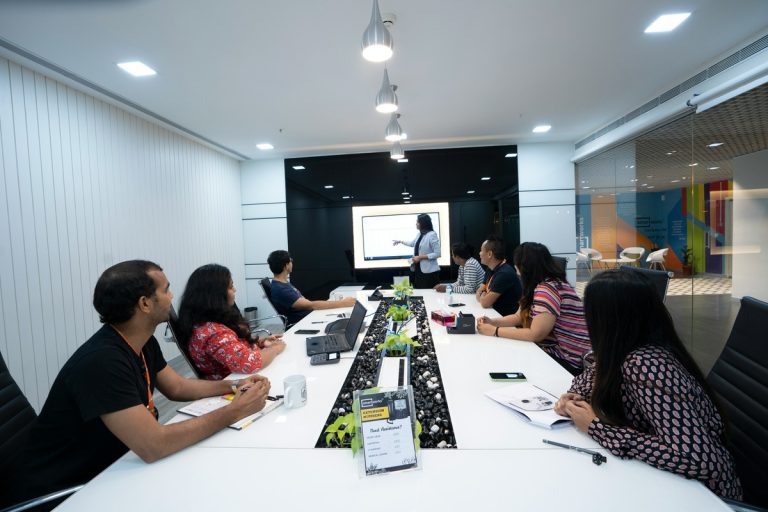In today’s fast-paced software development environment, delivering high-quality products is non-negotiable. Whether you’re building a SaaS platform or a mobile app, users expect seamless experiences. That’s why a robust quality testing process is essential.
In this guide, we’ll walk through how to build a comprehensive quality testing strategy—from test planning to defect tracking—that empowers your development team to ship reliable, scalable, and bug-free code.
Why You Need a Quality Testing Process
Before diving into the “how,” let’s talk about the “why.” A well-structured QA process:
- Reduces bugs in production
- Improves user satisfaction
- Saves time and cost in the long run
- Enhances collaboration between developers, testers, and stakeholders
- Ensures regulatory and compliance standards are met
Now let’s break down the steps for creating an effective quality testing process.
Step 1: Define Clear Quality Goals
Start by asking:
- What does “quality” mean for your product?
- Are you optimising for performance, security, usability, or all of the above?
Set measurable quality objectives, such as:
- Zero critical bugs in production
- 95% test coverage
- <1 second response time on key API calls
These KPIs will shape your test strategy and provide benchmarks for success.
Step 2: Develop a Test Strategy and Plan
Your test plan is the blueprint of your QA process. It should include:
- Scope of testing: What will and won’t be tested
- Types of testing: Unit, integration, system, acceptance, regression, etc.
- Test environment: Tools, environments, and configurations
- Timeline and milestones: When testing phases begin and end
- Roles and responsibilities: Who owns what in the QA process
📌 Pro Tip: Involve stakeholders from dev, product, and QA early in test planning to align expectations.
Step 3: Choose the Right Testing Tools
Automated and manual testing both have their place. Select tools that match your tech stack and team skillsets.
Popular Testing Tools:
- Unit Testing: JUnit, NUnit, Mocha
- Automation Testing: Selenium, Cypress, Playwright
- Performance Testing: JMeter, LoadRunner
- API Testing: Postman, RestAssured
- CI/CD Integration: Jenkins, GitHub Actions, CircleCI
- Bug Tracking: Jira, Bugzilla, Azure DevOps
Invest time in training your team on these tools to maximize efficiency.
Step 4: Implement Automated Testing Early
Shift-left testing means catching issues early in development. Automation helps with:
- Faster feedback loops
- Continuous integration and deployment
- Reduced manual workload
Prioritize unit and integration tests during early sprints. As your project matures, expand to UI and end-to-end automation.
Step 5: Conduct Manual and Exploratory Testing
Automation can’t catch everything. Use manual testing for:
- Exploratory testing
- Usability and accessibility testing
- Complex test cases not suited for automation
Encourage testers to think like users and go beyond predefined test cases.
Step 6: Establish a Scalable Test Environment
Recreate production-like environments with:
- Accurate test data
- Reliable staging servers
- Containerization (e.g., Docker) to ensure consistency
Avoid “it works on my machine” issues by standardizing environments across dev and QA.
Step 7: Monitor Test Coverage and Quality Metrics
Track and analyze the effectiveness of your testing efforts using metrics such as:
- Test coverage: Percentage of code tested
- Defect density: Number of bugs per module or function
- Test pass rate: Percentage of tests that pass in a cycle
- Mean time to detect (MTTD) / resolve (MTTR) bugs
These KPIs help identify weak spots and drive continuous improvement.
Step 8: Set Up an Efficient Defect Tracking Process
A clear bug lifecycle ensures transparency and faster resolution. Your defect tracking process should include:
- Standardized bug reports: Include environment, steps to reproduce, expected vs actual results, severity
- Triage process: Assign priority and ownership
- Regular reviews: QA and dev teams review open issues together
- Root cause analysis: Prevent recurring issues by identifying root problems
Use tools like Jira or Azure DevOps to track and manage defects efficiently.
Step 9: Integrate QA with CI/CD Pipelines
Embed quality into your DevOps pipeline. With automated test suites running on every commit, you’ll catch issues before they hit production.
Include:
- Linting and static code analysis
- Automated unit and integration tests
- Smoke tests before deployments
- Rollback strategies for failed builds
Continuous testing is key to delivering quality at speed.
Step 10: Encourage a Quality-First Culture
Finally, tools and processes mean little without the right mindset. Foster a quality-driven culture by:
- Involving QA early in the development cycle
- Promoting cross-functional collaboration
- Encouraging developers to write tests
- Celebrating bug-free releases
Quality is a team responsibility, not just QA’s job.
Final Thoughts
Building a robust quality testing process isn’t just about catching bugs—it’s about preventing them and delivering better software. With proper planning, the right tools, and a collaborative culture, your development team can ensure optimal quality assurance at every stage.
Ready to level up your QA strategy? Start small, iterate fast, and make quality a habit—not an afterthought.
Want help implementing a QA framework for your team?
Get in touch with our experts for a consultation!












